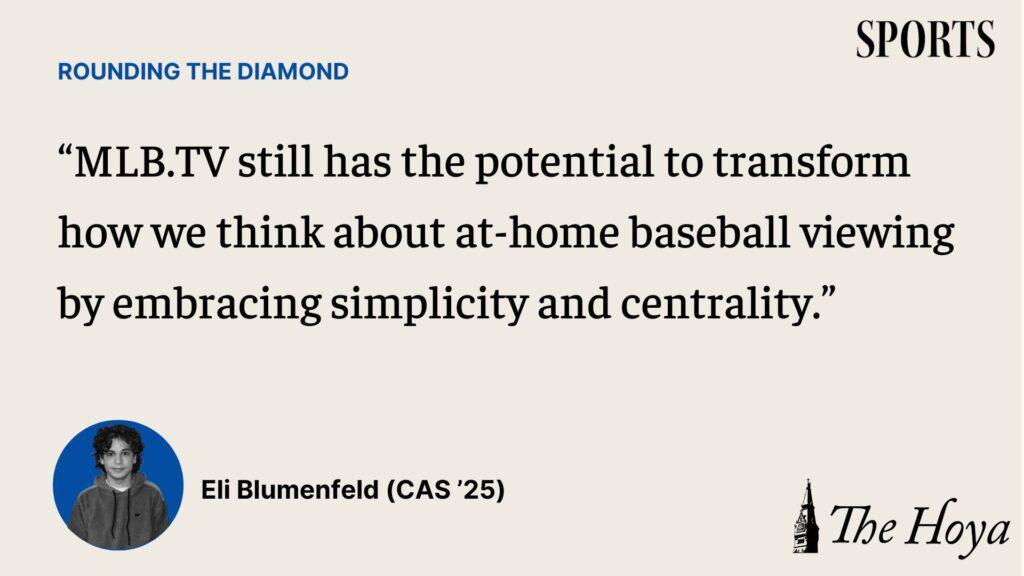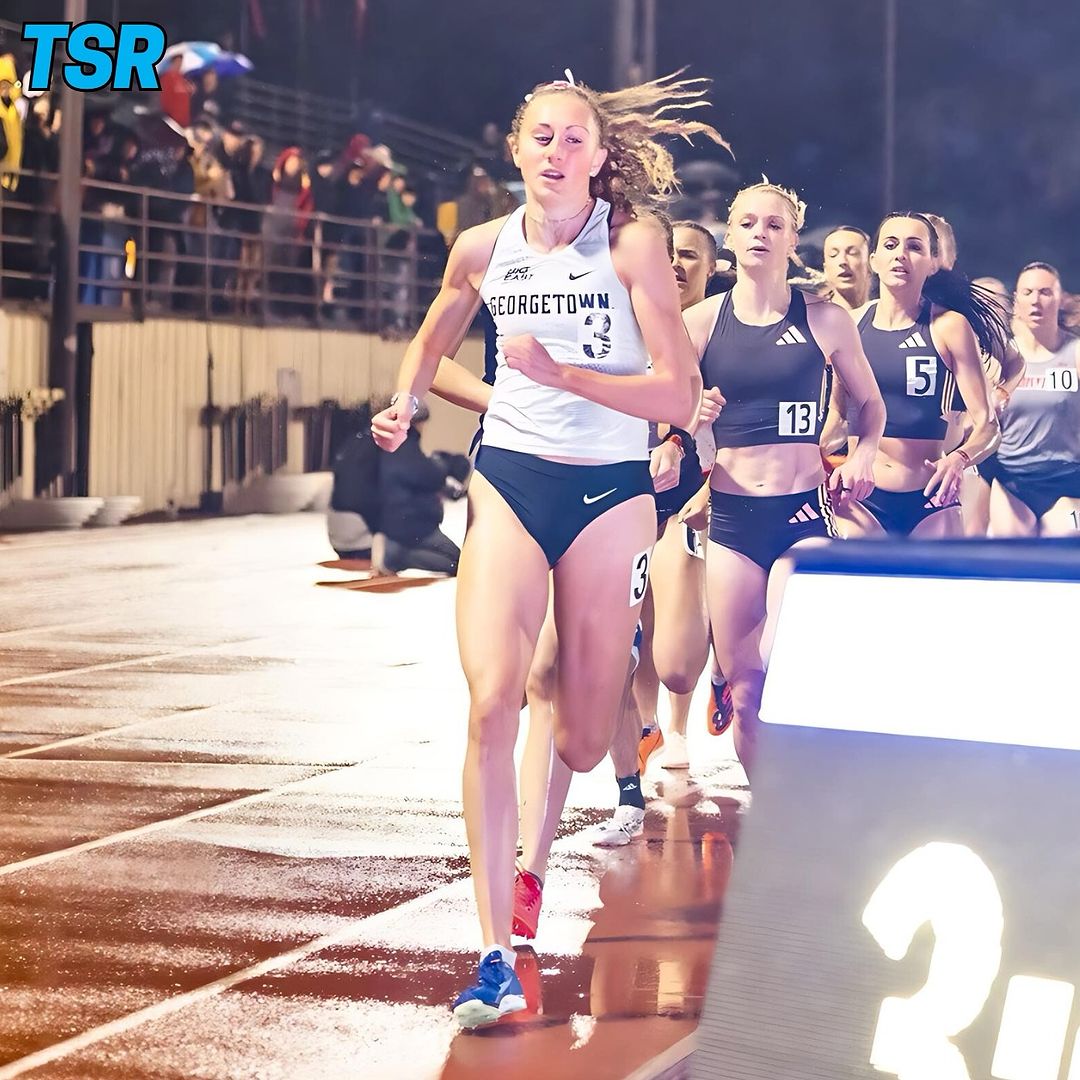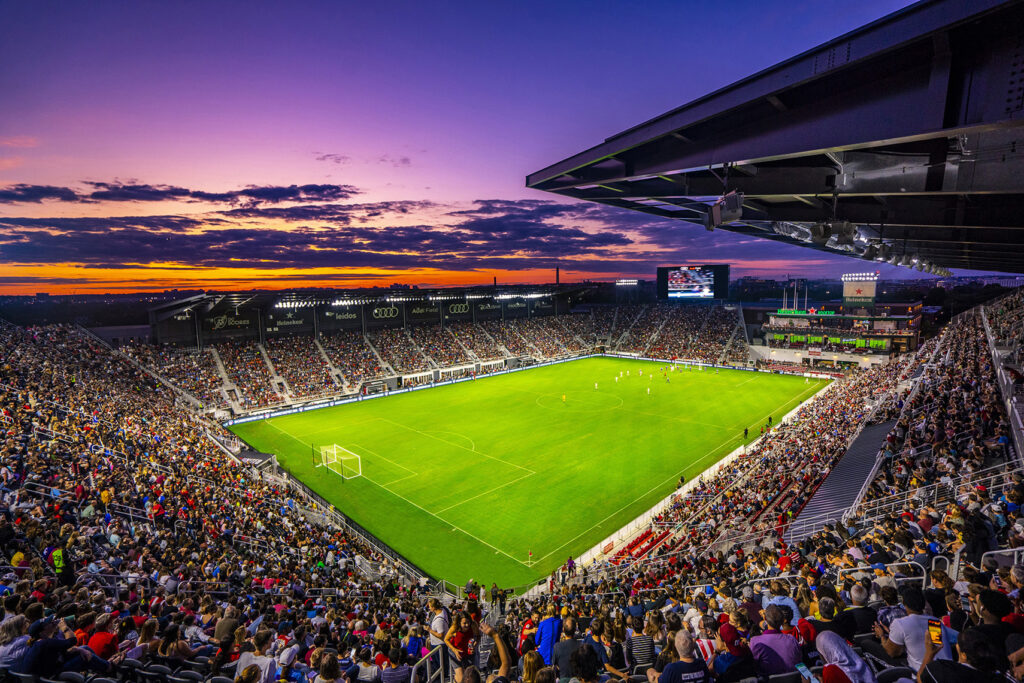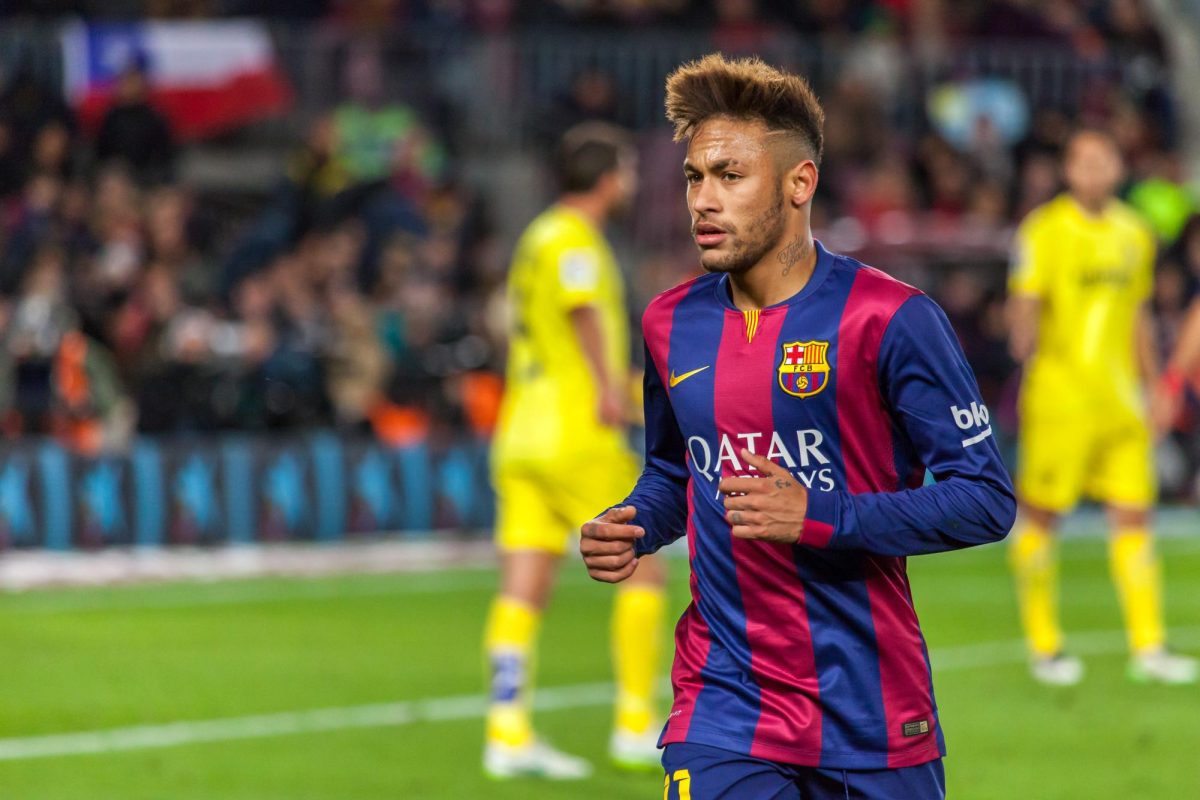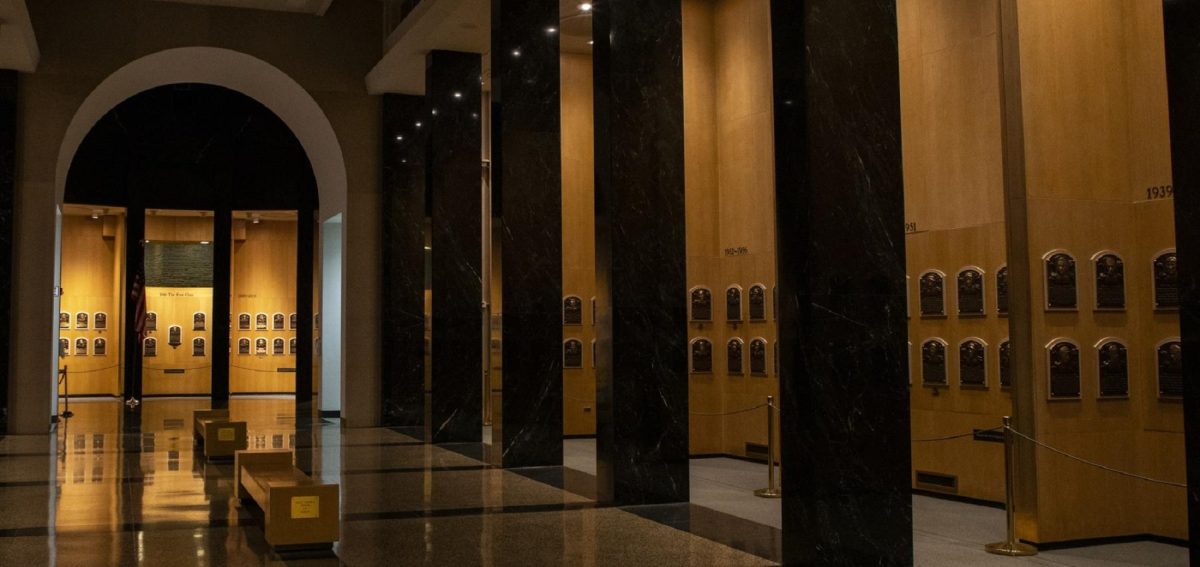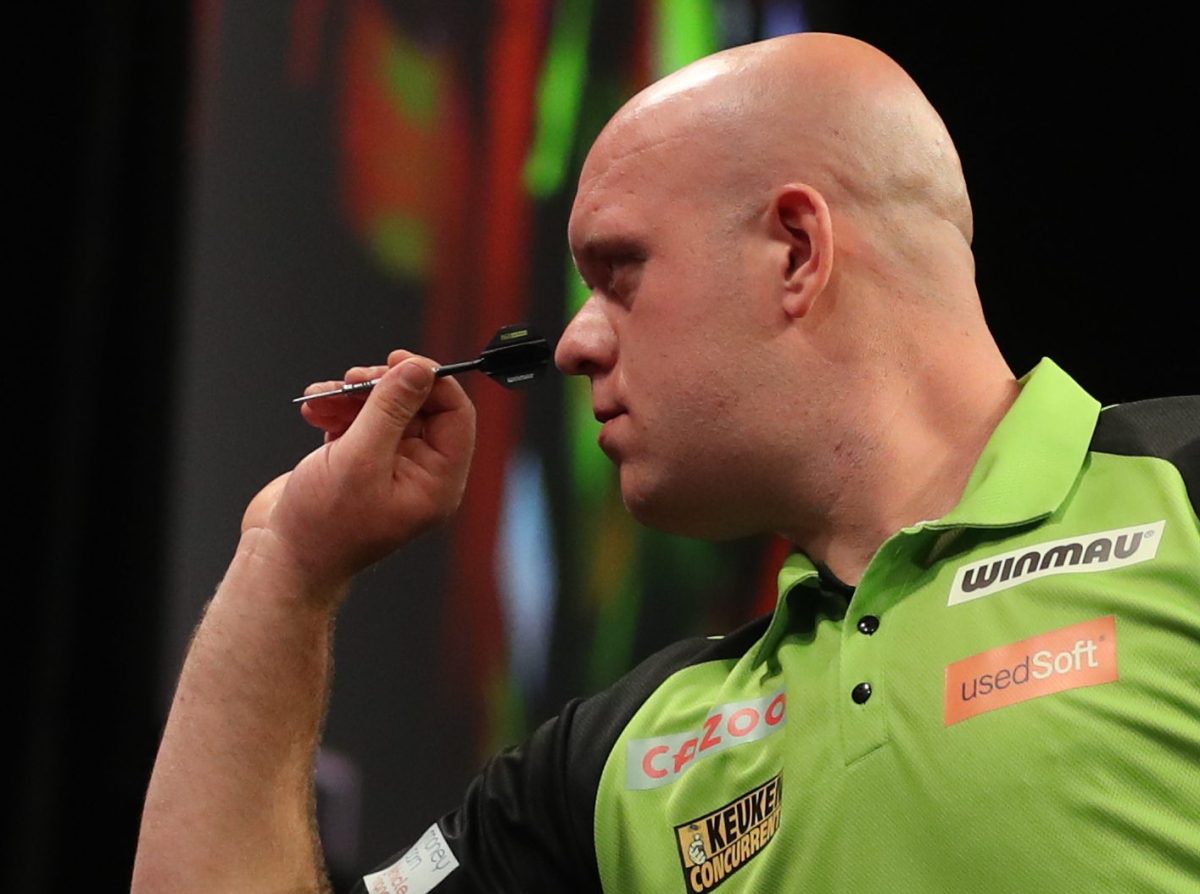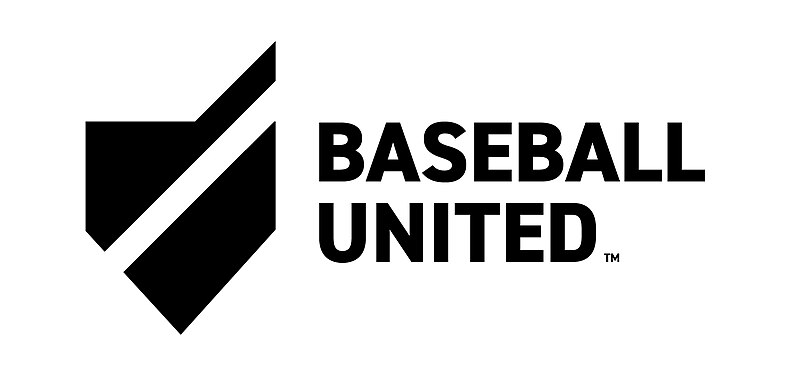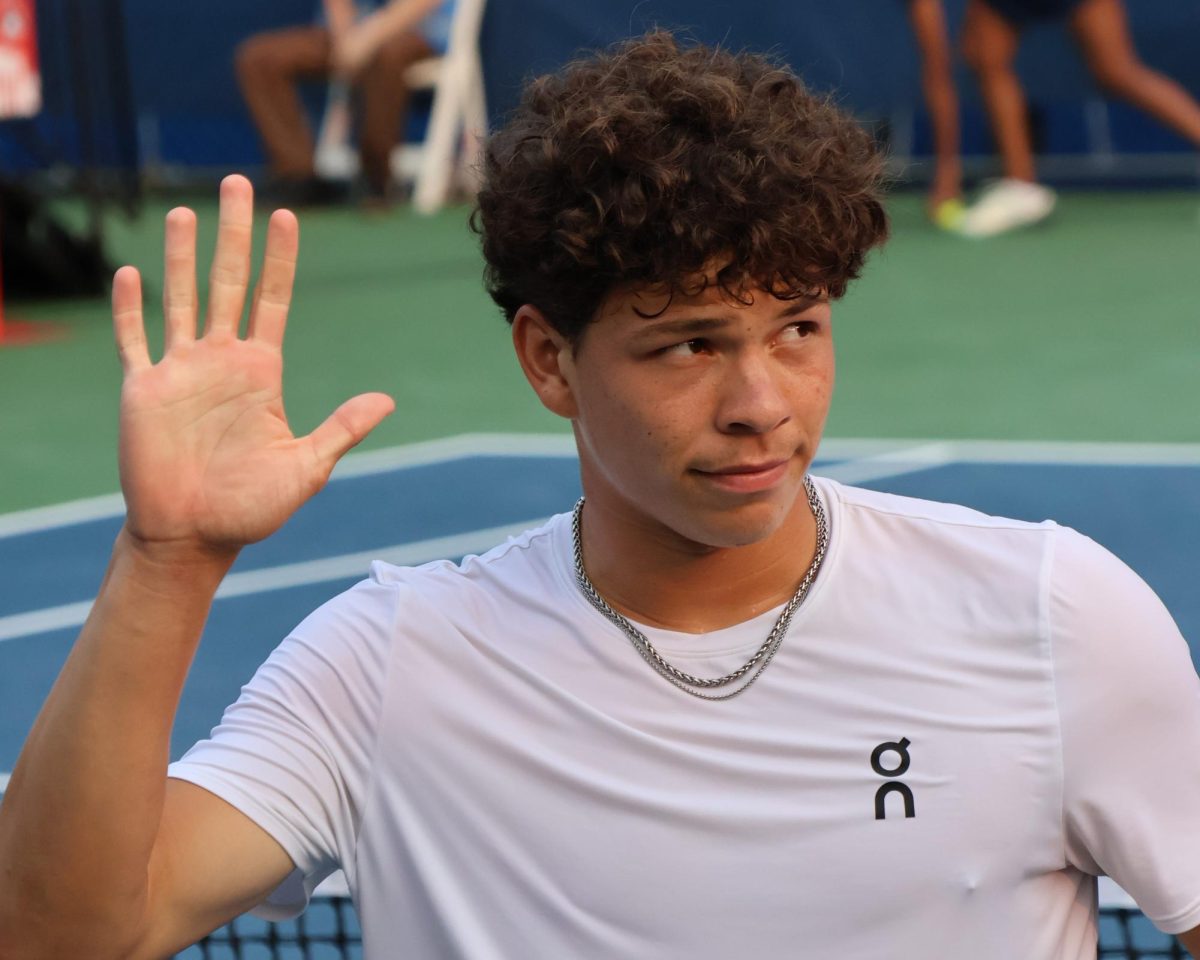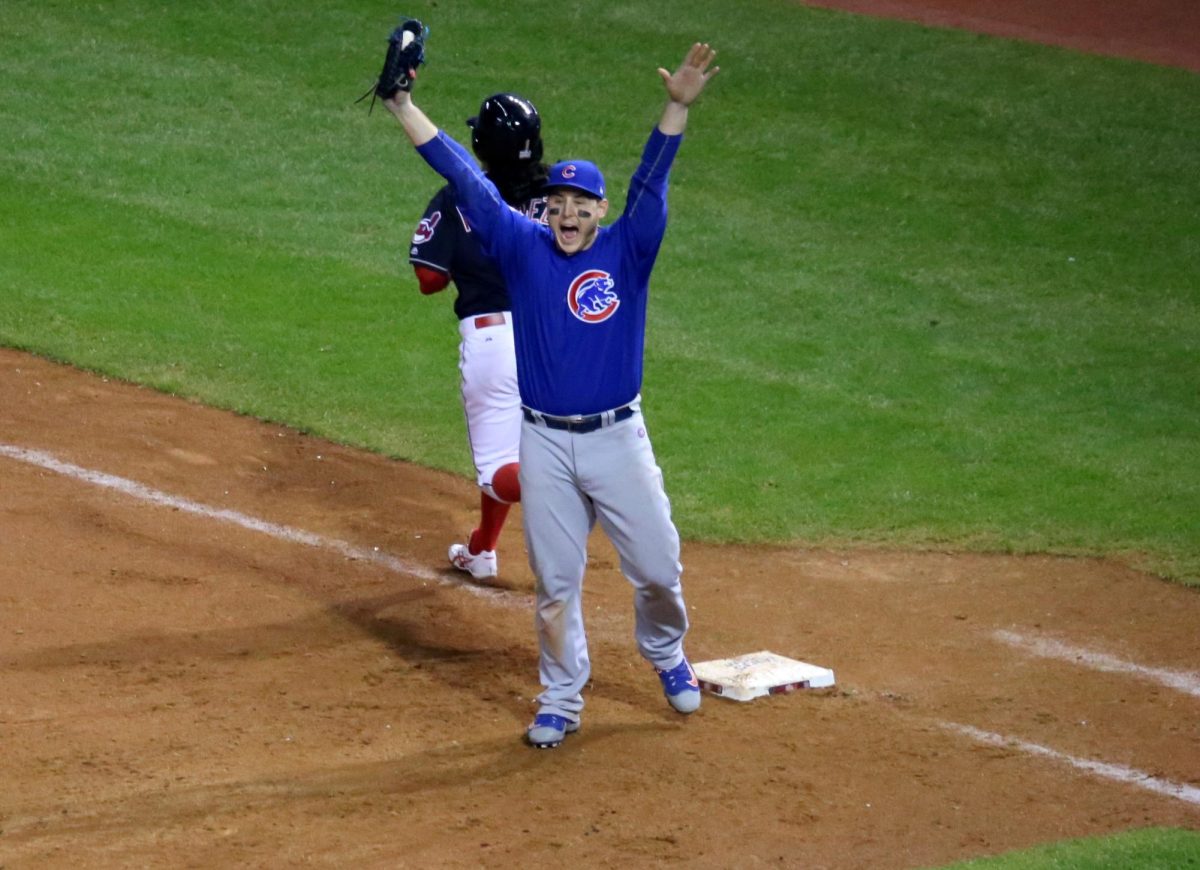Welcome to the first edition of Rounding the Diamond’s third year! And let’s just say … big things are coming. With that being said, I’m happy to announce that the rest of this article will only be available with my new paid subscription service, which includes early access to articles, rough drafts, my GPS data and other fun bonus features TBD!
And I’m calling it …
Rounding the Diamond+.
Just kidding. Unless …
But really, I’m sure I’m not the only one who finds themselves constantly asking: does everything really need to be a streaming service?
MLB is no exception to this rule. With MLB.TV (nearly $100 per year), MLB offers its fans the ability to stream non-local games and radio broadcasts — albeit with much room for improvement.
In this article, a free one (unfortunately) at that, let’s talk about how MLB can follow the NFL’s footsteps in making their streaming service, MLB.TV, simpler and centralized.
The NFL has kicked off its season with a streaming revolution of its own. The league has revamped NFL+, which launched for the 2022 season, to include the preeminent football-watching experience, NFL RedZone, and has transferred NFL Sunday Ticket streaming rights to Youtube TV. This new partnership will allow fans to watch football from anywhere in the world — even at Nationals games, which is a fully justified behavior, by the way.
However, I don’t think MLB should pursue a RedZone experience of their own; their solution lies elsewhere. Baseball is particularly unique because of its hyper-fan localization, with most baseball fans really just supporting their local team. An “MLB RedZone” would fail because football fans like to watch football, and baseball fans like to watch their favorite team.
But MLB.TV still has the potential to transform how we think about at-home baseball viewing by embracing simplicity and centrality.
How does MLB accomplish this? First, it needs to address its biggest elephant and most evil villain: blackout restrictions. Blackout restrictions, for those lucky enough to have never run into them, are when MLB.TV essentially blocks local broadcasts from showing a local game when someone is physically located in that team’s city. For example, a Milwaukee Brewers fan can’t stream any Brewers’ games on MLB.TV as long as they are in or nearby Wisconsin. That’s probably as good a sign as any to leave the state, but still. …
Blackout restrictions make no sense at all. Although they exist out of legal necessity because of local network contracts, MLB Commissioner Rob Manfred should recognize that the streaming era is here to stay. Cord-cutting is the new norm, and buying MLB.TV should allow you to watch your favorite team wherever, whenever. It’s that simple.
For MLB.TV, centrality is harder to achieve than simplicity. It’s easy, however, to identify why it’s an issue in the first place. Consider you’re a fan of the New York Yankees, who normally broadcast their games on YES Network. Except they don’t always, and that’s exactly the issue. Last season, you would have had to own or have access to YES, Amazon Prime, Peacock, Apple TV+, ESPN and Fox to watch every single game. And that’s only including the regular season. I don’t think you should need to subscribe to six different streaming services if you want to watch your team play.
However, local networks and Bally Sports, a group of regional sports networks, have no reason to forgo their viewership to MLB.TV. It simply doesn’t make economic sense for them to do so, and thus, MLB administration will have a difficult task on their hands.
Bally Sports surprised the baseball-watching public by replacing Fox Sports in March 2021, taking control of 14 different teams’ broadcasts. Bally Sports immediately faced criticism (myself included) of their notoriously expansive and bland scorebugs, which tickered scores from other sports.
Nearly two years after their explosion onto the scene, Diamond Sports Group, Bally Sports’ parent company, declared Chapter 11 bankruptcy, failing to make payments to certain teams. The Padres were the first team whose broadcasting rights were returned to MLB on May 31, while the Diamondbacks had theirs returned in July. MLB.TV retained the same announcers and broadcasting crew as Bally Sports but offered blackout-free streaming on their platform.
Many baseball fans, including Commissioner Manfred, view potential future Bally Sports shutdowns as an opportunity to fully centralize broadcasts to MLB.TV.
“I hope we get to the point where on the digital side when you go to MLB.TV, you can buy whatever the heck you want, right?” Manfred said at spring training. “I think what has happened among ownership is they have realized that as we go more digital, there is an opportunity for us to become a more national product. So that people aren’t so wedded to their individual local markets.”
Rounding the Diamond+ will never be real, but Bally Sports+ already is, and MLB must prevent another baseball streaming service from popping out of the woodwork — or dugout, more appropriately.


